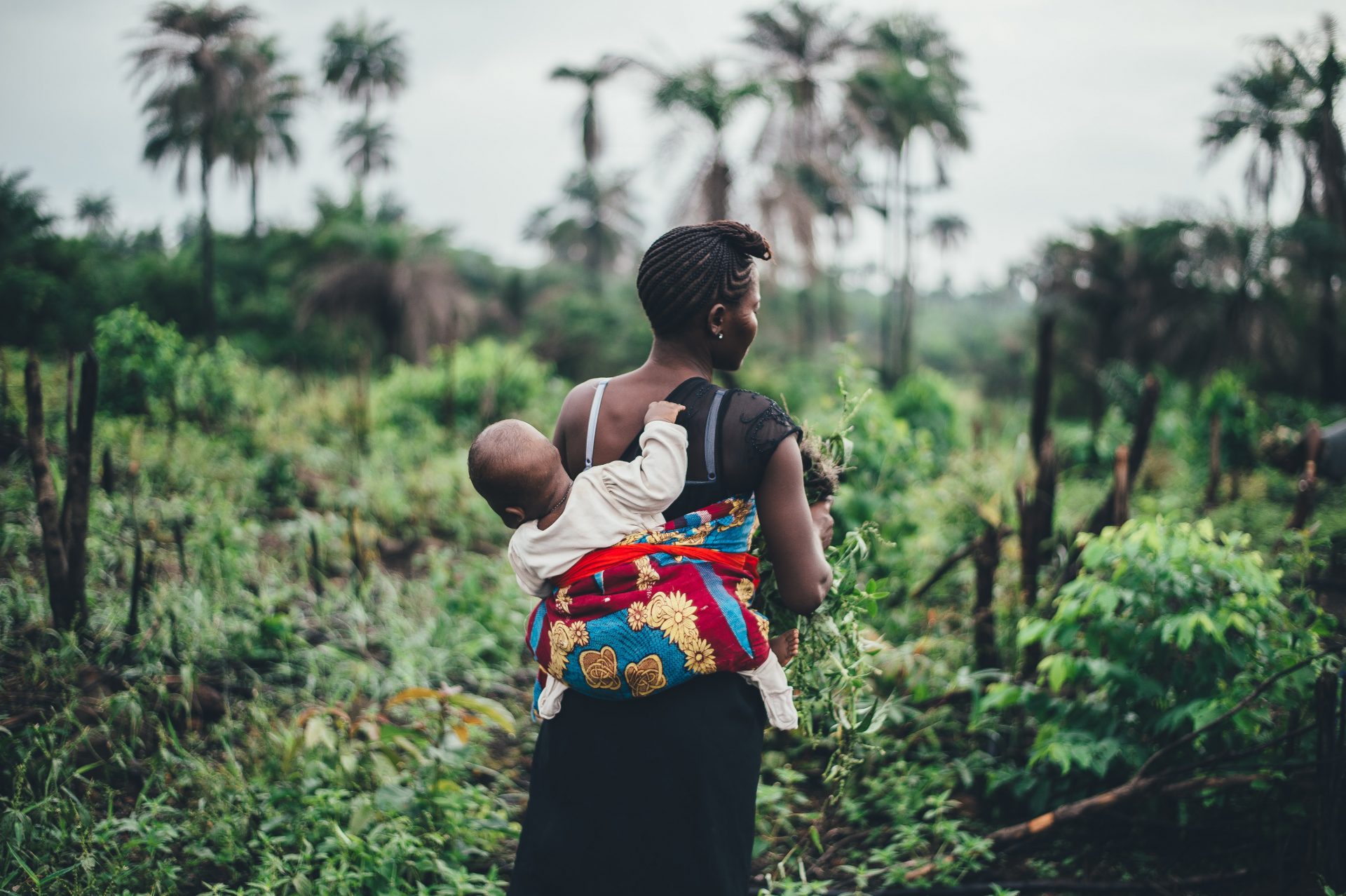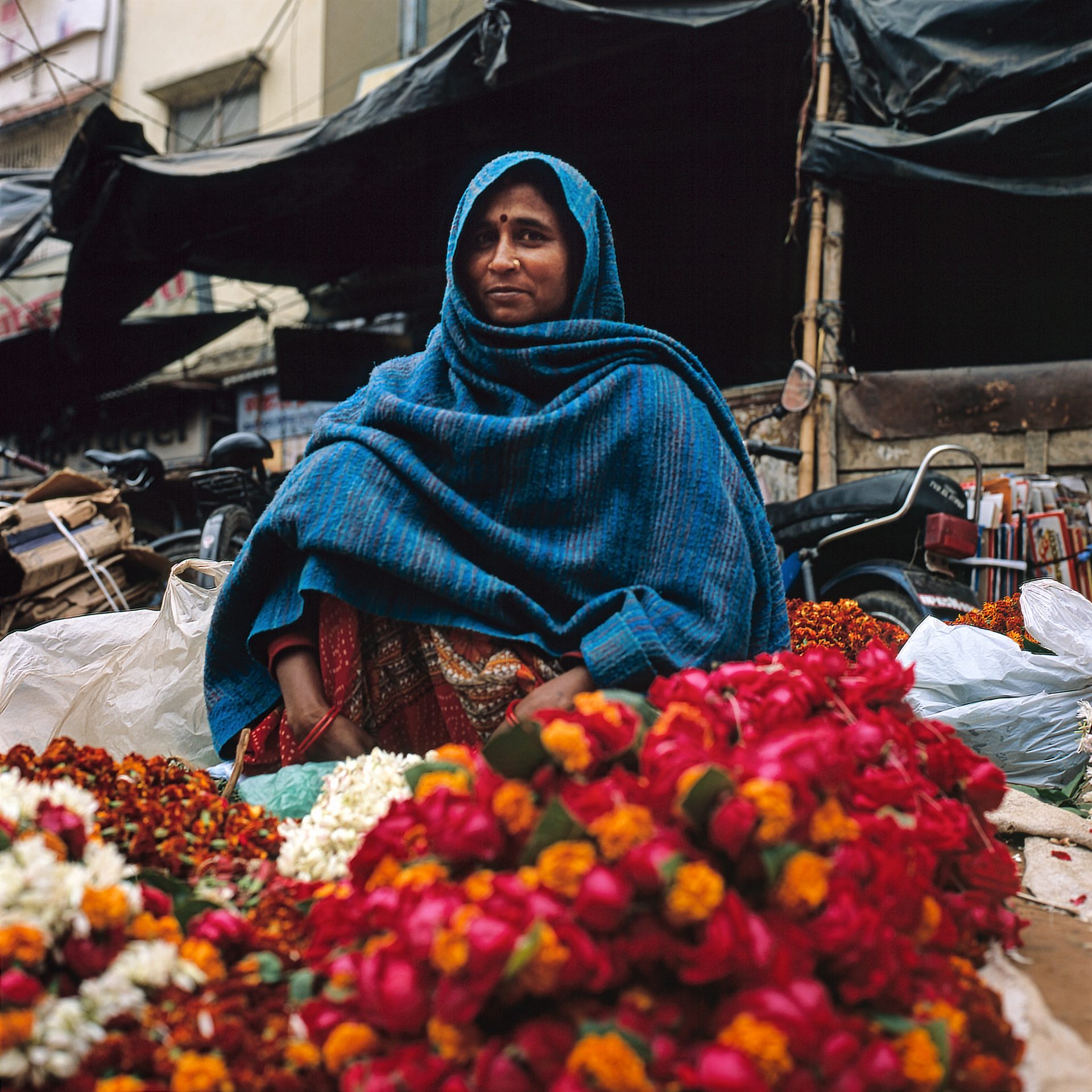- Integrating gender analysis into HIV efforts is essential in the pursuit of PEPFAR’s 95-95-95 target for HIV
- However, implementing this gender analysis into transformative initiatives is difficult
- In response, MEASURE Evaluation conducted a systematic review to understand how current HIV efforts integrate gender. The review acknowledges that gender is only one aspect of the vulnerabilities that affect HIV service access and outcomes
- The results showed that there has been an increased interest in HIV, key populations, and gender, particularly after 2009. The field of literature is still sparse, however, with a need for more programs to publish and reflect on their gender-responsive HIV initiatives
Of the interventions that were included in the review with a gender lens, many used both community mobilisation and multilevel interventions. The information-motivation-behaviour model by Fisher and Fisher (1992) for group and individual sessions was also used in several interventions. Plus, couple-level efforts to reduce intimate partner violence frequently appeared. The review acknowledges that gender is only one aspect of the vulnerabilities that affect HIV service access and outcomes. Therefore, a human rights lens should be combined with a gender lens to guide equitable HIV interventions, particularly for women and girls.

HIV interventions should address all levels and engage the community in order to destigmatise HIV.
Programmes must be documented and shared so that the literature on what works within gender and HIV efforts is more comprehensive.
HIV interventions should utilise both a human rights lens and a gender lens in order to address intersecting sources of social vulnerabilities and guide equitable HIV interventions, particularly for women and girls.
Mapping to “actionable” programmatic recommendations based on the findings of a gender analysis is arguably the most important and difficult step for PEPFAR operating units.





